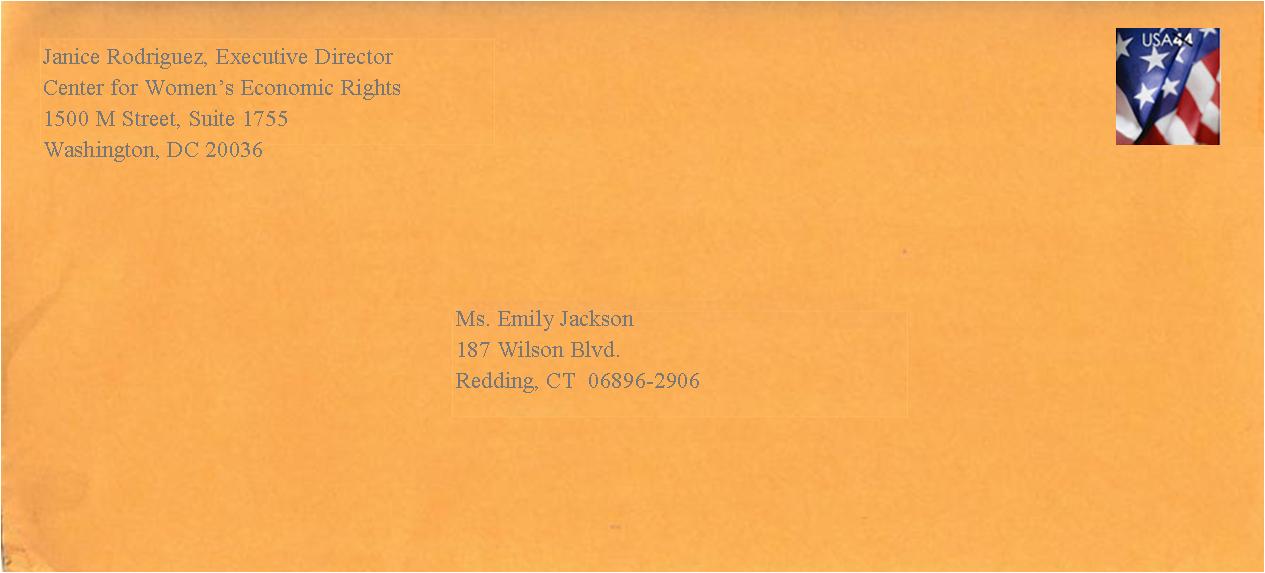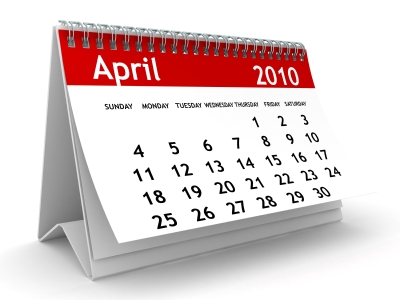The Bridge Conference is over, but as usual we left energized by the sessions and the company of over a thousand colleagues dedicated to advancing the missions of great nonprofits through better communications and fundraising. There was no shortage of good ideas and observations at #2010bridge, but these five stood out:
1. The hard ask is so 2006.
How often do you hear “stop begging for money” in a fundraising conference? It was a remarkably common thread at this year’s Bridge. Of course we know we need to ask. But this year’s Bridge brought a heightened focus on the idea that inspiring donors to give isn’t merely a matter of asking; it’s a matter of being an organization that inspires. It’s also about building relationships. In our session on donor-centric communications, Evan Parker of The Nature Conservancy observed that his organization tends to achieve better constituent engagement – and giving – in their social media communications when they don’t ask, so much as they simply talk about the issues and the work.
2. Reinstatement is the new acquisition.
This gem came from Becky Odum of Barton Cotton. Excellent point.
3. The next big thing in fundraising: QR codes.
Or at least there’s a lot of excitement to this effect, and not just at Bridge. QR (“quick response”) codes are those funky looking barcodes that you can scan with your portable device. The codes, when scanned with your portable device, direct you to a mobile site. Think about the possibilities. Just yesterday, Mashable posted a story on how an activist group is using QR codes for a campaign to clean up the Gulf. To see a QR code in action, scan the code above and let me know what you think of the newly launched site ;).
4. Internal list building is more mainstream; we’re still tweaking conversion.
Online internal list building as a means of augmenting traditional prospecting programs is becoming more mainstream. Most organizations at the conference, it seemed, now have formal programs of online name acquisition. But many are still ironing out effective conversion strategies and processes.
5. If it isn’t broken, don’t fix it. As Tony Elischer pointed out, most of us come to conferences looking for the new. New strategies, new media, new ways to improve our programs. But much of what we do works extremely well. We’d be well served to resist the brute “out with the old and in with the new” mentality and think instead about finding the small 5% or 10% of our program strategies that actually could benefit from the new.
What were your favorite Bridge Conference takeaways this year?
















